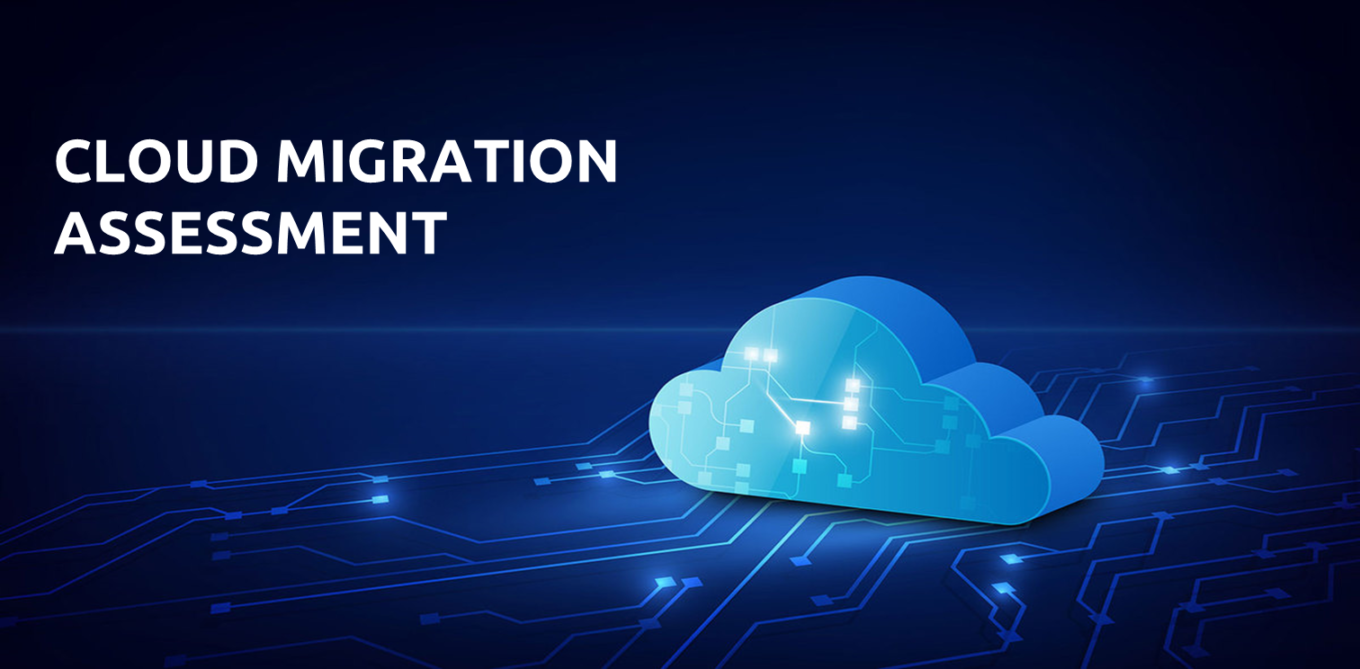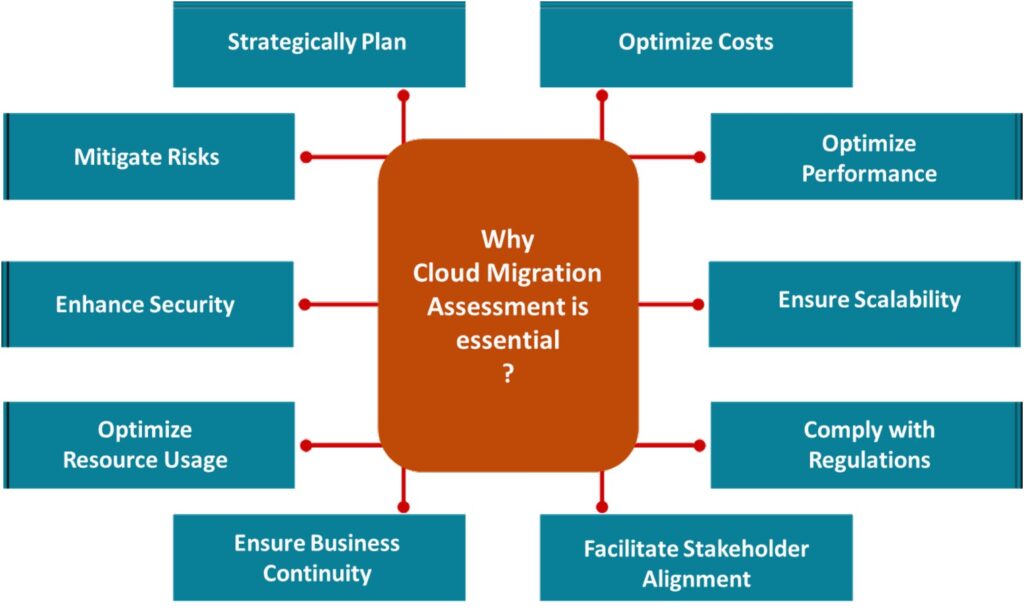Demystifying Cloud Migration Assessment: A Comprehensive Guide

Cloud Migration Assessment
Organizations increasingly turn to cloud computing to drive innovation, enhance scalability, and optimize costs in today’s rapidly evolving digital landscape. However, the journey to the cloud requires careful planning, assessment, and execution to ensure a smooth and successful transition.
In this blog, I’ll delve into the intricacies of cloud migration assessment, exploring a detailed questionnaire that covers critical aspects of evaluating readiness, identifying challenges, and formulating a strategic roadmap for cloud adoption.
Understanding Cloud Migration Assessment
Cloud migration assessment systematically evaluates an organization’s existing infrastructure, applications, data, and processes to determine their suitability and readiness for migration to cloud environments.
It involves gathering comprehensive information, conducting thorough analyses, assessing risks and opportunities, and developing actionable recommendations and strategies for successful cloud adoption.

The Comprehensive Cloud Migration Assessment Questionnaire
General Information
- What are the primary business objectives for considering cloud migration?
- What is the expected timeline for completing the cloud migration assessment?
Infrastructure Assessment
- What is the current infrastructure setup? Include details about servers, networking equipment, storage systems, and data centers.
- Are there any virtualized environments or hypervisors in use?
- What are the networking configurations, including subnets, IP addresses, VLANs, and firewall rules?
- How is data currently stored, and what types of data (structured, unstructured) are being managed?
- Do you have disaster recovery and backup plans in place for on-premise systems?
Application Assessment
- What applications are currently in use, including custom-built, third-party, and legacy applications?
- Are there any dependencies between applications or services that need to be considered?
- How are applications currently deployed and managed (e.g., on-premise servers, virtual machines)?
- What are the performance metrics and requirements for critical applications?
- Are there any compliance or regulatory requirements for applications (e.g., GDPR, HIPAA)?
Data Assessment
- What data sources, databases, and data formats are being utilized (e.g., SQL databases, NoSQL databases, file storage)?
- How is data classified based on sensitivity levels (e.g., confidential, sensitive, public)?
- Are there data governance policies in place, including access controls, data encryption, and data retention policies?
- What are the data protection measures and backup strategies for critical data?
Process Assessment
- What are the key business processes and workflows that rely on IT systems and applications?
- Are there any automation processes or integration points that need to be considered?
- What are the compliance requirements and security policies for business processes?
- Do you have documented disaster recovery plans and incident response procedures?
Cloud Readiness Analysis
- What are the primary reasons for considering cloud migration (e.g., scalability, cost savings, agility)?
- Have you assessed the cloud compatibility of existing systems and applications?
- What are the scalability and elasticity requirements for applications in the cloud?
- How do you plan to ensure security, access controls, and compliance in the cloud environment?
- Have you estimated the potential cost savings or cost implications of moving to the cloud?
- What are the performance optimization strategies for cloud-based services and resources?
Risk Assessment
- What are the potential risks and challenges associated with cloud migration (e.g., data security risks, compliance risks, downtime risks)?
- How do you plan to mitigate risks during the cloud migration process?
- Are there any concerns about vendor lock-in or interoperability with cloud services and platforms?
- What are the contingency plans for handling unexpected issues or disruptions during migration?
Continuous Monitoring and Improvement
- What are the strategies for continuous monitoring of cloud environments, performance metrics, security controls, and compliance measures?
- How do you plan to review and update cloud governance policies, optimization strategies, and best practices regularly?
- What are the mechanisms for incorporating feedback, lessons learned, and emerging technologies for ongoing improvement and innovation in cloud operations?
Conclusion
Cloud migration assessment is a complex yet essential process for organizations embarking on their cloud adoption journey. By leveraging a comprehensive questionnaire like the one outlined above, businesses can gain deep insights into their readiness for cloud migration, identify potential challenges and risks, and develop a robust roadmap for successful cloud adoption.
As technology continues to evolve, continuous monitoring, feedback, and innovation will be key to optimizing cloud environments and driving business growth in the digital age.

